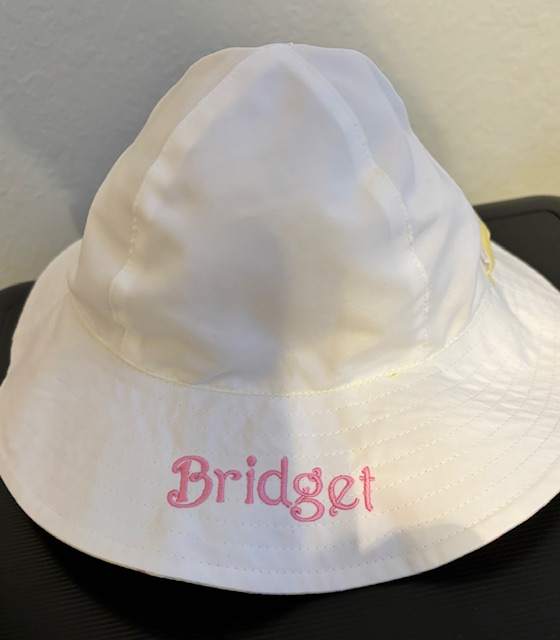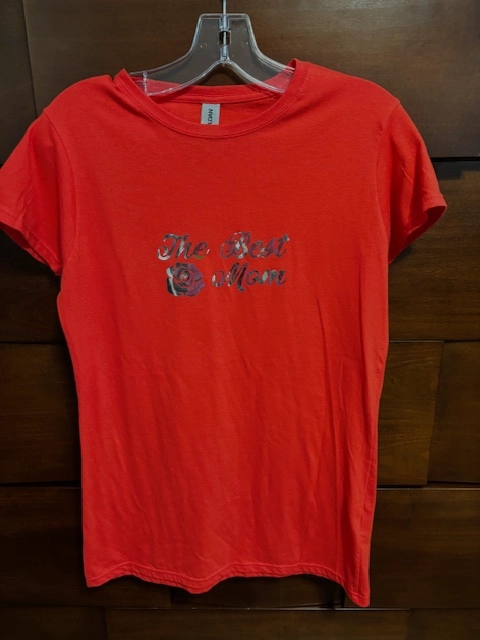Custom-made Embroidery for All Your Requirements - From School Uniforms to Sports Teams
Custom-made Embroidery for All Your Requirements - From School Uniforms to Sports Teams
Blog Article
The Art of Personalized Needlework: Opening the Tricks to Creating Distinct and Memorable Designs
The tricks to developing customized needlework styles that astound the eye and leave a long lasting impact lie in a delicate equilibrium of technique, imagination, and attention to detail. As we dive into the globe of personalized embroidery, we reveal the nuanced interplay between string selection, stitch intricacy, and layout personalization that raises a plain garment to a work of art.
Selecting the Right Needlework Threads
When picking needlework strings, what vital variables should you take into consideration to make certain the very best outcomes for your personalized layouts? The option of embroidery thread is essential in identifying the final end result of your stitched layout. One of the primary considerations is the product of the string. Different materials such as cotton, polyester, rayon, and silk offer differing degrees of sheen, longevity, and texture. It is vital to select a string material that enhances the textile you are embroidering on and aligns with the wanted appearance of the design.
Moreover, the weight or thickness of the string plays a significant duty in the appearance of the needlework. Thicker threads can include measurement and structure to your layout, while finer threads are ideal for complex information and little message. Additionally, taking into consideration the color fastness and washability of the string is crucial to make sure that your custom styles keep their quality and vibrancy gradually. By carefully examining these factors and choosing high-grade threads that satisfy your details requirements, you can improve the aesthetic allure and longevity of your embroidered productions.
Checking Out Various Stitch Strategies
To explore the realm of 'Exploring Different Stitch Methods', one should comprehend the details and subtleties that each sewing approach offers the art of needlework. Various stitch methods not just include aesthetic rate of interest however likewise add to the overall texture and dimension of the layout. One preferred stitch strategy is the satin stitch, which entails very closely jam-packed parallel stitches to produce a smooth and shiny surface, ideal for completing shapes and developing vibrant lays out.
On the various other hand, the backstitch is a functional method commonly utilized for laying out and including great details. It entails sewing in reverse to produce a solid line of embroidery. Additionally, the French knot stitch adds a tactile element to styles, perfect for producing textured accents like flower centers or ornamental touches.
Checking out different stitch strategies enables embroiderers to have fun with light, shadow, and depth within their layouts, raising the visual allure and artistic top quality of their embroidery jobs. By understanding different stitching techniques, one can open limitless opportunities for producing one-of-a-kind and unforgettable custom-made embroidery pieces.
Incorporating Personalized Design Elements
Having actually explored the intricacies of different stitch techniques such as the satin stitch, backstitch, and French knot, the focus now moves in the direction of integrating tailored layout components in custom embroidery projects. Personalized design elements play an essential role in making embroidery jobs absolutely unique and remarkable.
One more method to incorporate personalized design components is by consisting of signs or themes that hold special meaning to the recipient or reflect their passions and character. Including a favored flower, pet, or hobby-related icon can make the needlework design much more significant and tailored. In addition, selecting colors that reverberate with the recipient or straighten with the intended motif can additionally enhance the customization of the embroidery job.
Mastering the Art of Shade Sychronisation

One secret aspect of shade coordination is recognizing color concept. This includes knowing just how different shades communicate with each various other, the emotions they share, and exactly how they can be combined to produce visually attractive designs. By using shade theory concepts, embroiderers can create unified color combinations that enhance the general appearance of the design.
In addition, focusing on comparison is essential in shade coordination. Using contrasting shades can help specific components of the style pop, boost legibility, and produce an aesthetically vibrant embroidery item. By understanding the art of color sychronisation, embroiderers can boost their designs and produce remarkable items that resonate with clients sports teams names and numbers and customers alike.
Enhancing Texture With Advanced Embroidery Stitches

Bullion knots, on the various other hand, can be made use of to produce twisted, ropelike aspects that add an elegant feel to the needlework. Trying out with these sophisticated embroidery stitches permits you to press the limits of traditional needlework and develop absolutely special and visually enticing appearances in your styles.
Conclusion
Finally, the art of custom-made embroidery entails a mix of selecting the right strings, exploring numerous stitch methods, incorporating personalized style elements, understanding color control, and improving texture with sophisticated stitches. By understanding and applying these crucial elements, embroiderers can produce unique and remarkable designs that display their creativity and ability. Needlework lovers can open the tricks to developing stunning and custom pieces that attract attention and leave a long lasting impression.
Report this page